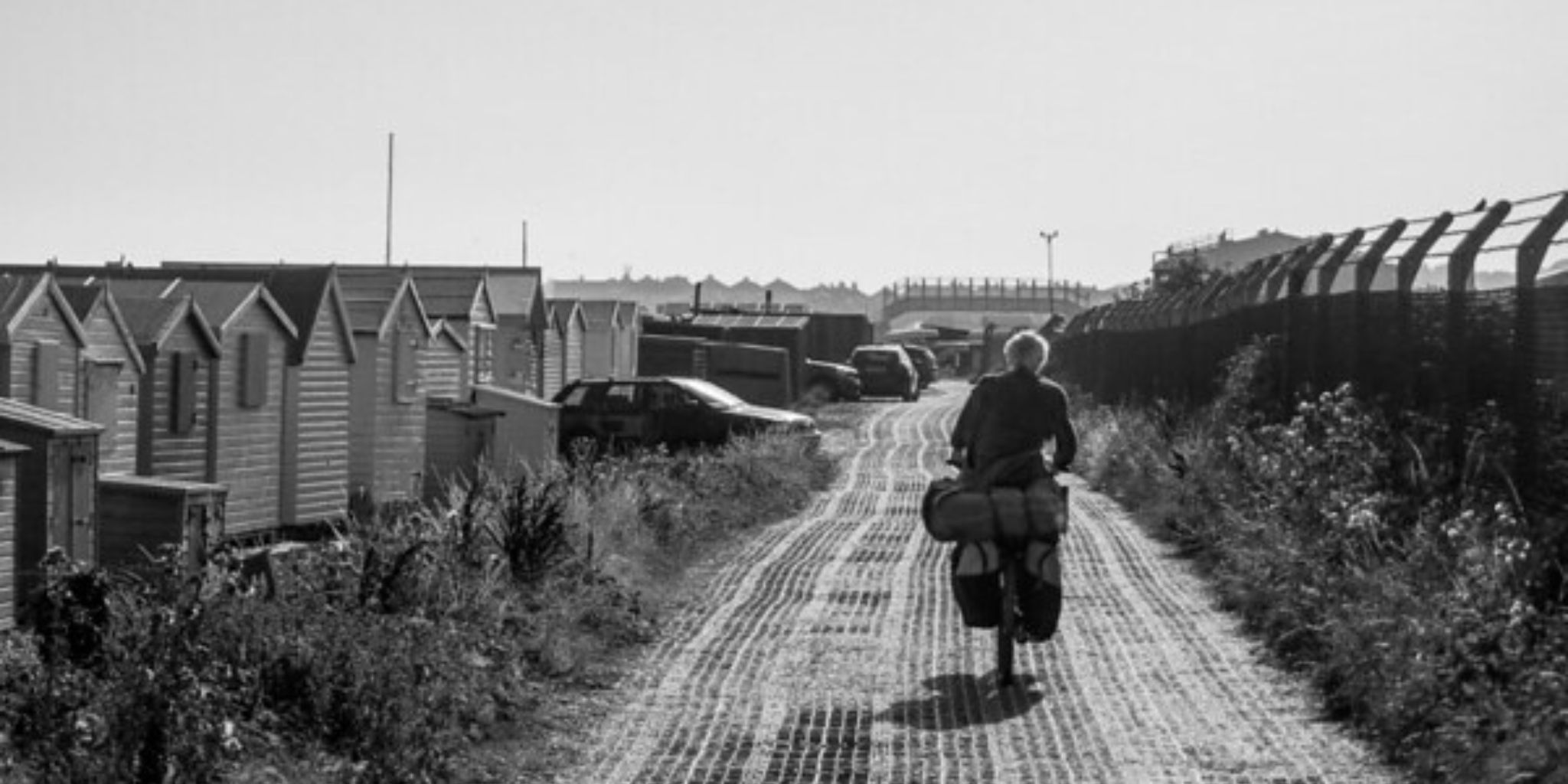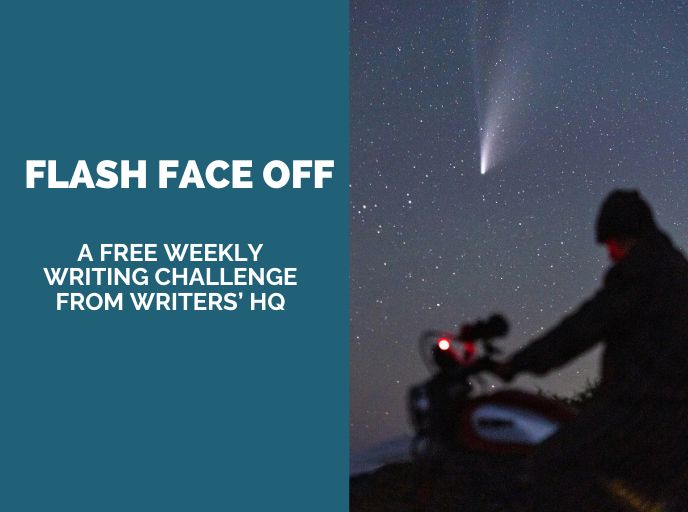In Britain, when we think of settings that might inspire fiction or creative non-fiction, we tend to think of either wild nature – moorland, crags, lakes, woods, and fens – or of urban spaces – of storied ancient streets or the grim struggle of a run-down estate or decaying tower block. Sleepy villages feature in some genres, such as cosy crime, and the sordid secrets and strange epiphanies of the suburbs do sometimes get a look in. But there is one common environment, in which we spend a great deal of time, that until recently was rarely considered and is still hardly written about. In a 2000 essay, Marion Shoard termed these places ‘edgelands’. They are characterised by ‘heterogenous elements’ – rubbish tips, warehouses, retail centres, allotments, offices parks, and encampments – ‘arranged in an unruly and often apparently chaotic fashion against a background of unkempt wasteland frequently swathed in riotous growths of colourful plants, both native and exotic.’
Not only is this a landscape that looms large in many of our lives, it is also one that offers fertile ground for creative writing. As Shoard notes, ‘[i]ts dereliction stimulates the imagination’:
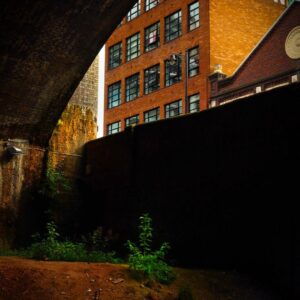
Urban scenes by Aidan Sammons on Flickr
‘Strange pieces of debris of twentieth-century capitalism seem to have some of the capacity to inspire awe in the same way as the leftover artefacts of other ages, such as Stonehenge […] This is a vaguely menacing frontier land hinting that here the normal rules governing human behaviour cannot be altogether relied upon.’
Edgelands offer a sharp contrast to the aesthetics mostly commonly associated with a nostalgic view of an idyllic, quintessentially English countryside, which – with its thatched cottages, hedgerows, meadowland, grazing animals, stands of oak and ash – resists geometrical order, but is also not wild, is tidy and neat, and warm and human; by contrast, edgelands are stark and orderly, but also rough, often bleak, even menacing.
But they are also not like the cities at whose margins they spring up, which are steeped in history, bustling, and governed by the visions of planners and architects; edgelands are raw, aggressively modern, haphazard and provisional, and heterogeneous. They are liminal spaces, in between, and defy categorisation – they unsettle and enthral equally. Edgelands are zones, apart from other spaces. As such, they are hard to write about in any of our usual idioms.
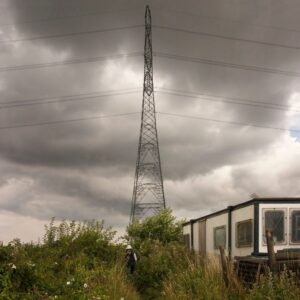
Edgelands by Ted & Jen on Flickr
The weird offers us another lens for our writing. It is a literary mode that focusses on the interstitial and strange. It has its origins in the weird tale, a form of the ghost story which emerged in response the revolutions in the sciences around the turn of the twentieth century. Its supernatural is secular, but occult. It explores the possibilities suggested by the paradigm shift from Enlightenment understandings of the world to relativity, and the vast gulfs of time and space opened up, though often the response was violent reaction, as it was for H. P. Lovecraft, one of the key early writers and critics of the mode. As he writes in his critical study, Supernatural Horror in Literature, his conception of the weird is one in which ‘a malign and particular suspension or defeat of those fixed laws of Nature which are our only safeguard against the assaults of chaos and the daemons of unplumbed space’ gives rise to dread. In other writers, though, this same response can give rise to awe mixed in with the terror. China Miéville characterises the weird as ‘a radicalised sublime backwash.’
Mark Fisher argues that ‘the weird is a particular kind of perturbation,’ which ‘involves a sensation of wrongness.’ The weird thing or space is a challenge to the illusory stable categories by which we might hope to make sense of the world. Zones – places apart from, but abutting the known world – are a particular tradition in the literature of the weird, dating back to the origins of the mode, as seen in stories such as John Metcalfe’s ‘The Bad Lands’, Arthur Machen’s ‘N’, and Mary Butts’s ‘Mappa Mundi’.
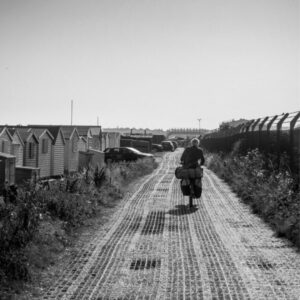
Bike riding by Aidan Sammons on Flickr
But the Zone of the Strugatsky Brothers’ Roadside Picnic is perhaps the exemplary edgeland as weird space. In that novel, extraterrestrials have visited six zones throughout the earth, where they have scattered detritus – discarded alien technology that distorts the rules of time and space as we understand them. Stalkers enter these zones to retrieve artefacts whose purpose they do not understand. The Zone of the novel is very much like an edgeland space, and in his film of the book, Stalker, Andrei Tarkovsky shot in abandoned factories and power plants. There is an affinity between the weird zonal imagination and the liminality of the edgeland.
A contemporary writer who has made brilliant use of the possibilities of such spaces is Vanessa Onwuemezi, in her story, ‘Dark Neighbourhood’. In this modern play on Franz Kafka’s ‘Before the Law’ parable, people queue in front of a black-painted metal gate, which sometimes opens to let those at the head of the line through. The community that has sprung up resembles a shanty town or a provisional edgeland space. Onwuemezi reclaims such spaces for her imagination through a weird lens, and with the power of her vivid poetic prose renders them both brutal and beautiful: ‘Imagine the shape of the line from above. It will look like a meandering river, sprawling in places, snake with a belly full.’
The Weirding Toolkit
Edgelands are all around us, growing in size on the outskirts of our settlements, and need reclaiming for our imaginations. One method is to spend time in these places, move through them. As Sonia Overall has noted, walking can be a method for creative writing: ‘How do we look again and see something new? I do it by walking.’
Overall gives writers a toolkit for engaging creatively with the landscapes they walk through.
The following is my set of approaches or tactics to take into your explorations specifically of edgeland spaces, tactics that should hopefully allow the weird resonances of such places to rise to the surface.
- One key feature of weird fiction is an alien ontology of objects, an eerie agency of material things. Walk your edgeland space projecting intelligence on the inanimate, which might be benign or malignant.
- The word ‘weird’ has its etymological routes in the Anglo-Saxon concept of ‘wyrd’ or fate. Walk as if you have no choice but to take the paths you do, as if it is your destiny.
- Synchronicity – connection by coincidence rather than linear causality – is central to the weird mode. Walk alive to repeated sounds, shapes, events – look for the uncanny repetition of numbers and signs.
- The weird isn’t a Gothic resurgence of the evils of the past, but something from the outside. However, it is connected to ritual, folklore, and history, though often in oblique ways. Find a shopping centre, rubbish dump, scrapyard, or warehouse complex. Look for evidence of weird rites, the summoning of eldritch entities, a creature from folktale or urban legend brought to life. Interrogate graffiti for occult symbolism, look for messages in dropped litter and fading signage.
- Be alive to transdimensional resonances, to places where, as the weird fiction writer Algernon Blackwood puts it, ‘the veil has become thin.’
- Exploit your paranoia. Walk as if you are being followed – listen out for footfalls behind you. Walk faster, and keep looking over your shoulder – are there any stories back there?
- Portals to other spaces recur in the literature of the weird. Go through doors, arches, gateways, paying attention to any change in atmosphere as you do. What has been revealed or hidden? Where have you ended up?
- Find somewhere hidden or occulted – imagine it is completely alien to you. How did this place suddenly appear? Why was it hidden before? Walk back home, bearing the knowledge of this secret zone. How might you explain it – this strange area into which you’ve stumbled?
- Walk widdershins. Walk unluckily, against the sun – take only left-hand turnings – circle/explore landmarks, spaces, and objects anticlockwise – seek out strange oppositions.
Our edgelands are largely ignored, considered beneath notice, but are also for many of us the closest accessible spaces outside of our towns and cities. Take this weirding toolkit into your local edgelands, and see if you can’t use it to pierce the veil of appearances and see beyond.
Bibliography
Fisher, M. (2016) The Weird and the Eerie. Repeater Books.
Lovecraft, H. (1945) Supernatural Horror in Literature, with an introduction by A. Derleth. New York: Ben Abramson.
Machin, J. (ed.) (2020) British Weird: Selected Short Fiction 1893-1937. Handheld Classics.
Miéville, C. (2009) ‘Weird Fiction’, in M. Bould, et al (eds) The Routledge Companion to Science Fiction. Oxford: Routledge, 510-515.
Onwuemezi, V. (2021) ‘Dark Neighbourhood’ in Dark Neighbourhood. Fitzcarraldo Editions, 13-40.
Overall, S. (2021) Walk Write (Repeat). Axminster: Triarchy Press.
Shoard, M. (2002) ‘Edgelands’, in J. Jenkins (ed.) Remaking the Landscape: The Changing Face of Britain. London: Profile Books, 117-146.
Strugatsky, A. & B. (2007) Roadside Picnic, SF Masterworks. London: Gollancz.

